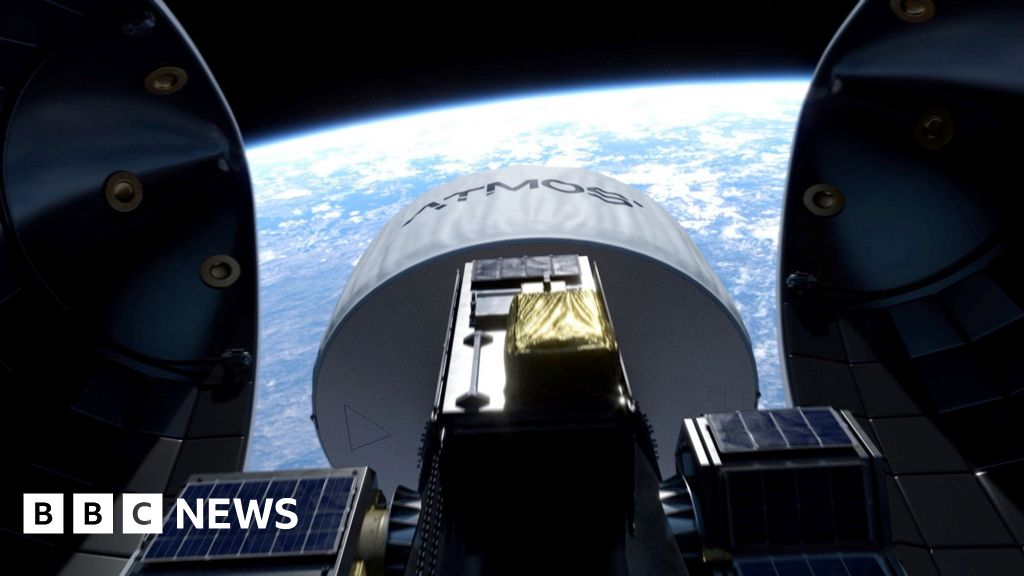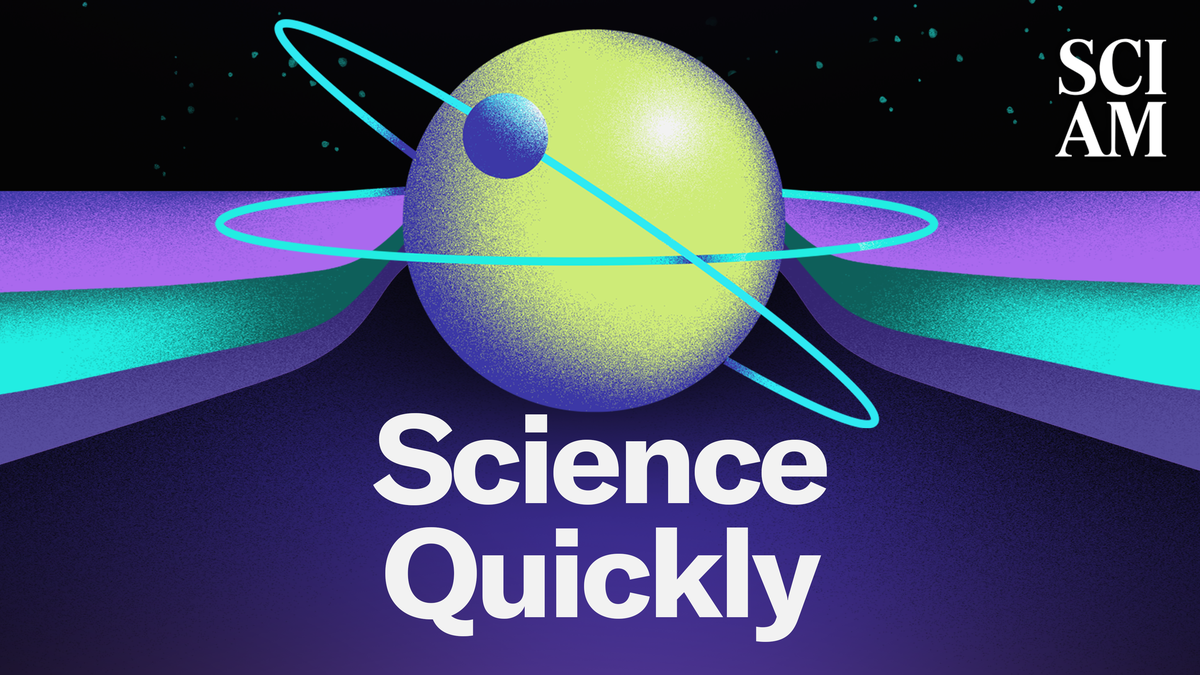Mission to Boldly Grow Food in Space Labs Takes Off

Frontier Space Artwork: An ambitious experiment launched today aims to revolutionize food production in space, potentially allowing astronauts to enjoy steak, mashed potatoes, and even desserts grown from individual cells. This groundbreaking initiative, funded by the European Space Agency (ESA), focuses on determining the feasibility of cultivating lab-grown food in the unique conditions of low gravity and increased radiation found in orbit and on other celestial bodies.
The underlying motivation for this research is significant: feeding astronauts is an expensive endeavor, costing as much as 20,000 per day per astronaut. The team believes that successful cultivation of food in space could lead to dramatic reductions in these costs, making long-term space missions more sustainable. This experiment is viewed as a crucial first step toward establishing a small pilot food production facility on the International Space Station (ISS) within the next two years.
Dr. Aqeel Shamsul, the CEO and founder of Bedford-based Frontier Space, emphasized the importance of this research, stating, "Our dream is to have factories in orbit and on the Moon. Building manufacturing capabilities off-world is essential for creating the infrastructure necessary for humans to live and work in space." Such advancements are critical as NASA and other space agencies work toward the goal of making humanity a multi-planetary species.
Astronauts have historically relied on freeze-dried food, which, while functional, lacks the culinary appeal that would enhance the dining experience in zero gravity. Lab-grown food, which involves cultivating food components such as proteins, fats, and carbohydrates in controlled lab environments, represents a significant leap forward. Already, lab-grown chicken is available for purchase in the United States and Singapore, and lab-grown steak is awaiting regulatory approval in the UK and Israel.
While there are environmental benefits to lab-grown food on Earth, such as reduced land use and lower greenhouse gas emissions, the primary objective in space is to minimize costs. Given the exorbitant expenses associated with transporting food to the ISS, Dr. Shamsul suggests that cultivating food on-site would be significantly more economical.
He outlined a vision where astronauts could start with basic options like protein-enhanced mashed potatoes, gradually moving towards more complex dishes. Eventually, he foresees a future where lab-grown ingredients could be utilized in 3D printing technologies, enabling the creation of customized meals on demand, reminiscent of the food replicators from the iconic science fiction series, Star Trek.
To validate this concept, a small bioreactora compact version of the equipment used for cultivating food on Earthhas been launched into space aboard a SpaceX Falcon 9 rocket as part of the ESA's mission. This bioreactor contains a genetically engineered yeast culture designed to produce essential nutrients. The experiment is taking place within a small cube satellite that will orbit the Earth for approximately three hours before returning to land off the coast of Portugal. Researchers are eager to analyze the data collected, which will guide the development of a larger bioreactor intended for future space missions.
Despite the innovative nature of the project, the appearance of the lab-grown food is somewhat off-putting. The brick-colored mixture, which is ultimately dehydrated into a powder, is described as less appetizing than the current freeze-dried meals that astronauts consume. To address this issue, Imperial College's culinary education designer, Jakub Radzikowski, has been tasked with transforming these lab-grown ingredients into appealing dishes. Although he cannot yet use lab-grown components due to pending regulatory approvals, he is experimenting with flavors using starches and proteins derived from natural fungi.
Radizkowski's goal is to create a diverse menu that caters to the international backgrounds of astronauts, providing comfort through familiar flavors. He envisions the capability to replicate various world cuisines in space, from French to Chinese and Indian. For instance, he recently tested a recipe for spicy dumplings and dipping sauce, receiving enthusiastic feedback from Helen Sharman, the UKs first astronaut and a chemist herself. After tasting the dumplings, both Radzikowski and Sharman praised the flavor, with Sharman reminiscing about her own time in space when she had to settle for less appetizing options like long-life tins and freeze-dried packets.
Dr. Sharman highlighted the potential benefits of lab-grown food for astronauts, emphasizing that it could not only enhance dietary variety but also aid in managing the physiological changes experienced during prolonged space missions. Studies on the ISS have shown that astronauts undergo biochemical changes, such as shifts in hormone levels and calcium loss from bones, during extended stays in space. While astronauts currently rely on supplements to counteract these effects, lab-grown food could be fortified with necessary nutrients, promoting better health and well-being during missions.
"Astronauts often lose weight because their diets become monotonous and lack sufficient interest," Dr. Sharman noted. "Providing them with freshly prepared, varied meals could encourage better eating habits and overall health." This research not only aims to make space missions more sustainable through innovative food production but also aspires to enhance the quality of life for astronauts venturing beyond our planet.




























